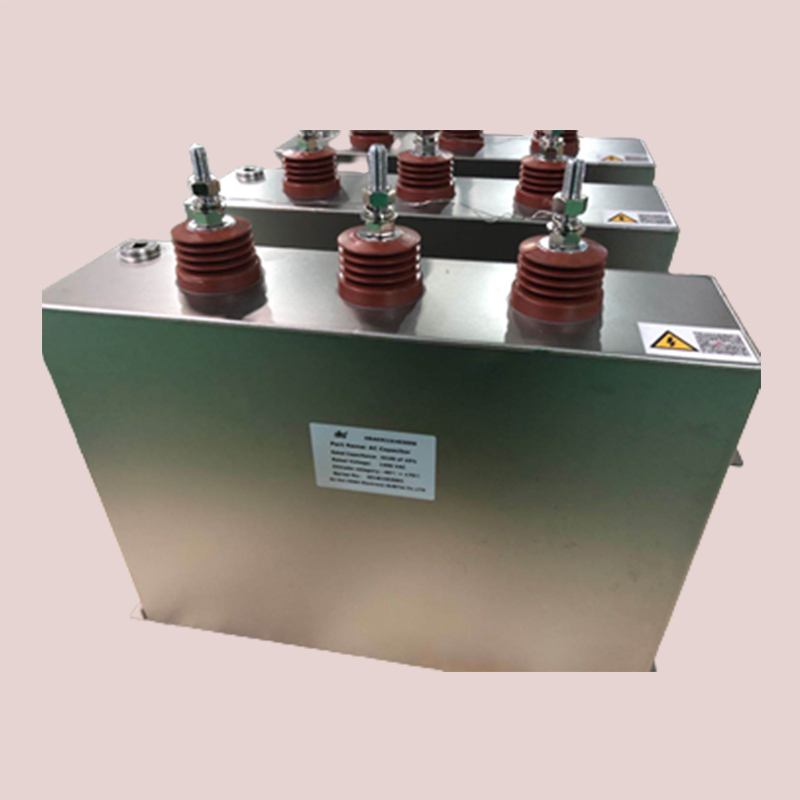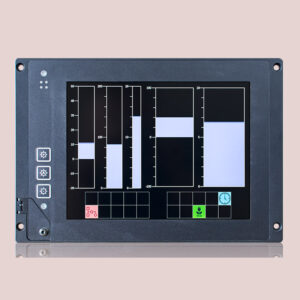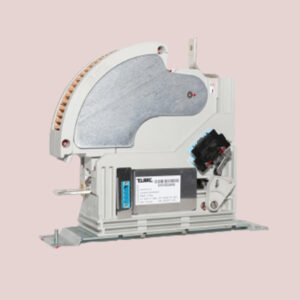DC LINK CAPACITORS
DC-Link capacitor is the element that sinks or sources the respective currents. Other types of architectures may have a more triangular shape current waveform. In general, nominal capacitance values can change due to changes in ambient operating temperature or changes in the applied voltage and frequency.
In the context of power electronics and electrical systems, a DC link capacitor refers to a type of capacitor that is used in the DC link of a power converter or inverter. The DC link capacitor plays a crucial role in smoothing the direct current (DC) voltage and storing energy. A DC link capacitor is typically connected between the positive and negative terminals of the DC link in a power electronic system. It acts as an energy storage element and helps maintain a stable DC voltage by reducing voltage ripple and minimizing voltage variations caused by switching operations. During the operation of a power converter or inverter, the DC link capacitor charges and discharges as the power flows through it. When the power semiconductor switches are turned on, the DC link capacitor charges, storing energy from the power source. Conversely, when the switches are turned off, the DC link capacitor discharges, supplying energy to the load. The DC link capacitor’s capacitance value is selected based on various factors, such as the power rating of the system, desired voltage ripple level, and the switching frequency of the power semiconductors. It should be able to handle the voltage and current levels present in the system while providing sufficient energy storage and low impedance.
Description
DC-Link capacitor is the element that sinks or sources the respective currents. Other types of architectures may have a more triangular shape current waveform. In general, nominal capacitance values can change due to changes in ambient operating temperature or changes in the applied voltage and frequency.
In the context of power electronics and electrical systems, a DC link capacitor refers to a type of capacitor that is used in the DC link of a power converter or inverter. The DC link capacitor plays a crucial role in smoothing the direct current (DC) voltage and storing energy. A DC link capacitor is typically connected between the positive and negative terminals of the DC link in a power electronic system. It acts as an energy storage element and helps maintain a stable DC voltage by reducing voltage ripple and minimizing voltage variations caused by switching operations. During the operation of a power converter or inverter, the DC link capacitor charges and discharges as the power flows through it. When the power semiconductor switches are turned on, the DC link capacitor charges, storing energy from the power source. Conversely, when the switches are turned off, the DC link capacitor discharges, supplying energy to the load. The DC link capacitor’s capacitance value is selected based on various factors, such as the power rating of the system, desired voltage ripple level, and the switching frequency of the power semiconductors. It should be able to handle the voltage and current levels present in the system while providing sufficient energy storage and low impedance.







One Comment